Search
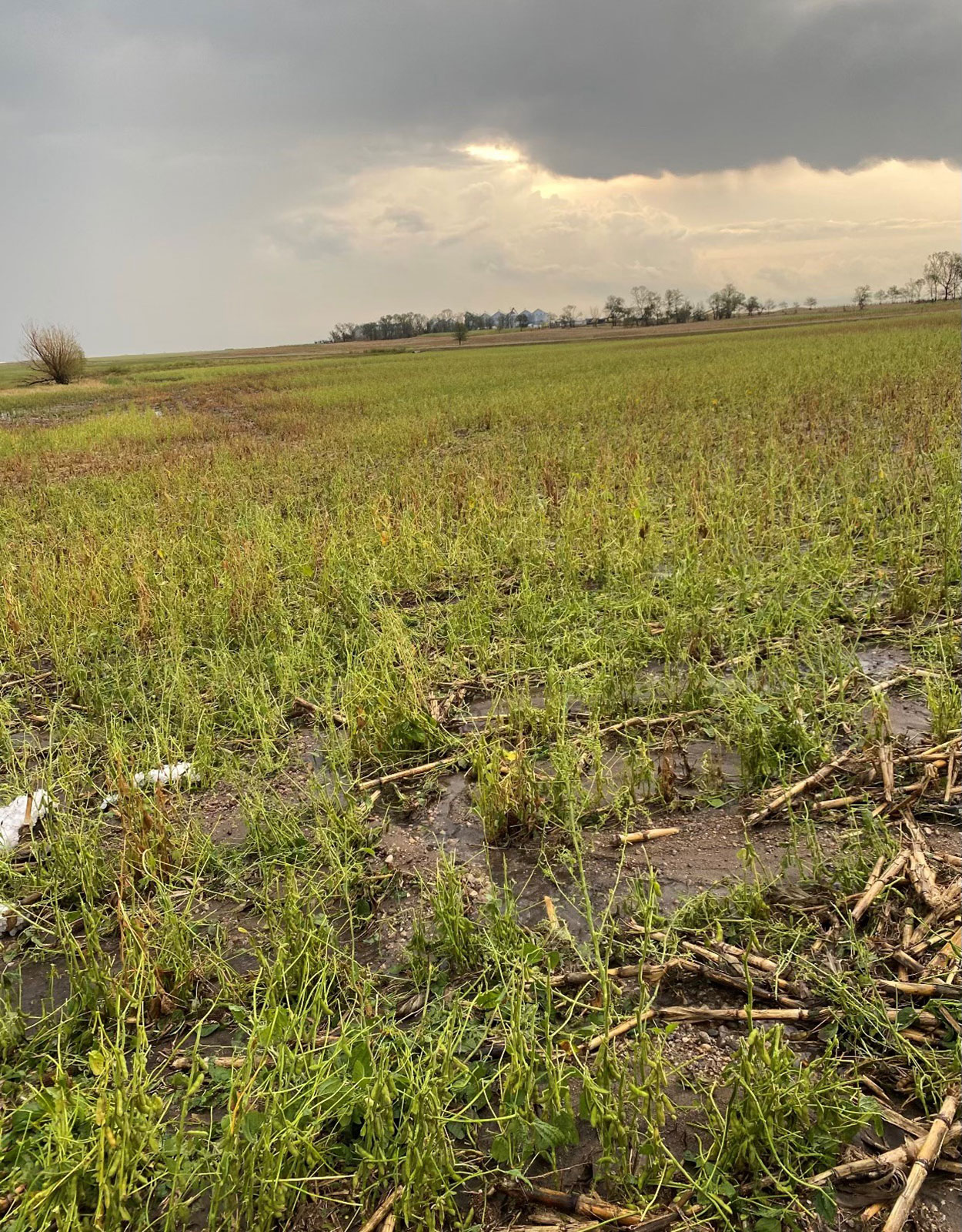
Making the Best of Hail-Damaged Row Crops
Late-season hail damage can leave growers wondering what to do next. Before deciding what to do with your hail-damaged fields, take some time to consider a variety of management options.
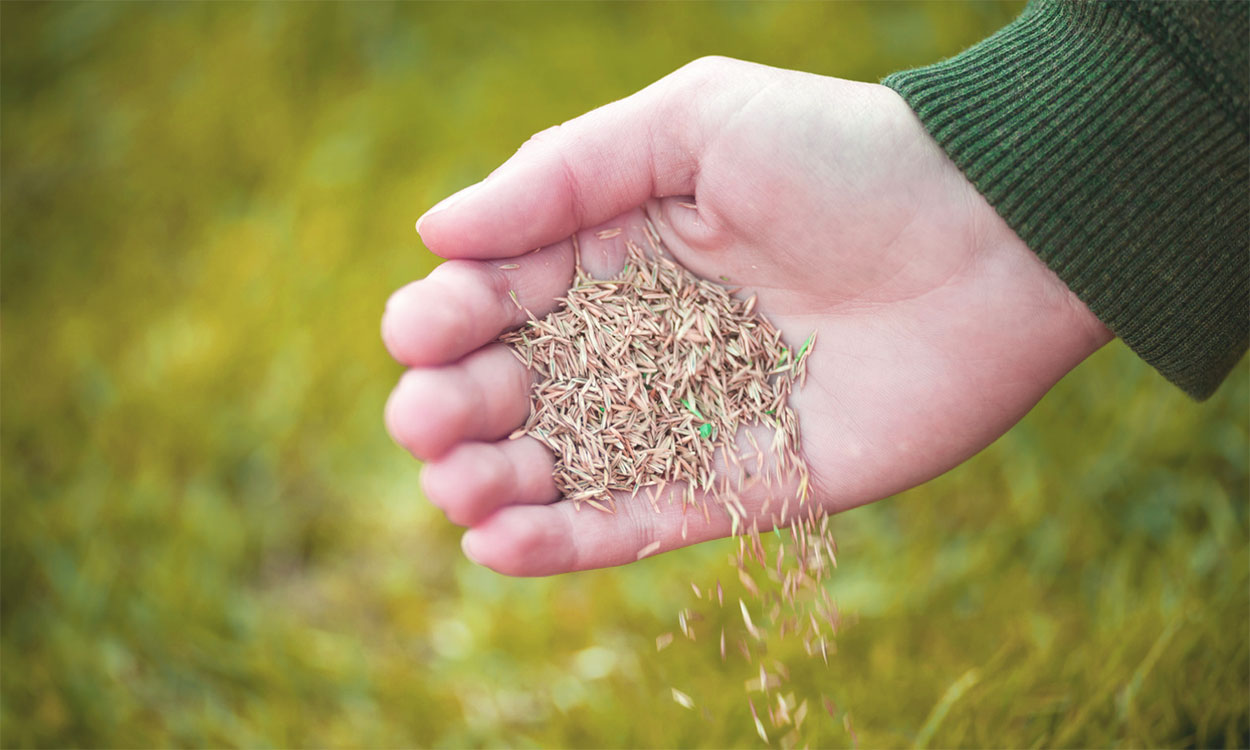
Renew Your Lawn This Fall With Overseeding
Overseeding your lawn is a smart maintenance procedure and a great way to renew your lawn after periods of drought. Fall timing gives you the best conditions for new grass to grow and thrive.
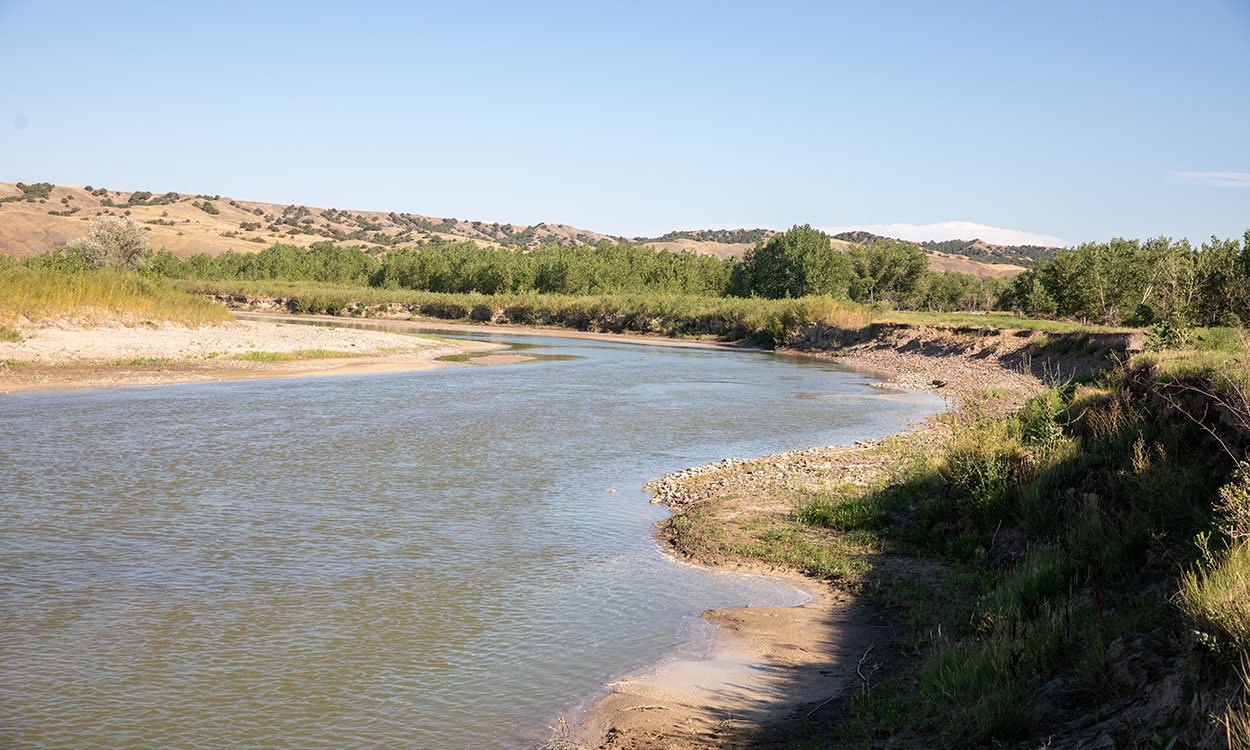
Water Rights in a Time of Drought
During a drought, it is not surprising that the South Dakota Water Rights Program will see an increase in permit applications. In South Dakota, water is considered the property of the people of the state, and depending on your intended water use, a water right permit may be needed.

Subsurface Drip Irrigation: Worth the Investment?
What is subsurface drip irrigation, and how does it differ from subirrigation?

Ranch Drought Planning
Fact sheet with general drought planning tips from the range and natural resource perspective.

Drought and Heat Effects on Corn Production
Nearly every season in South Dakota there are periods of hot, dry weather in at least parts of the state. While we have no control over the weather, producers can prepare for drought stress by using proactive practices.
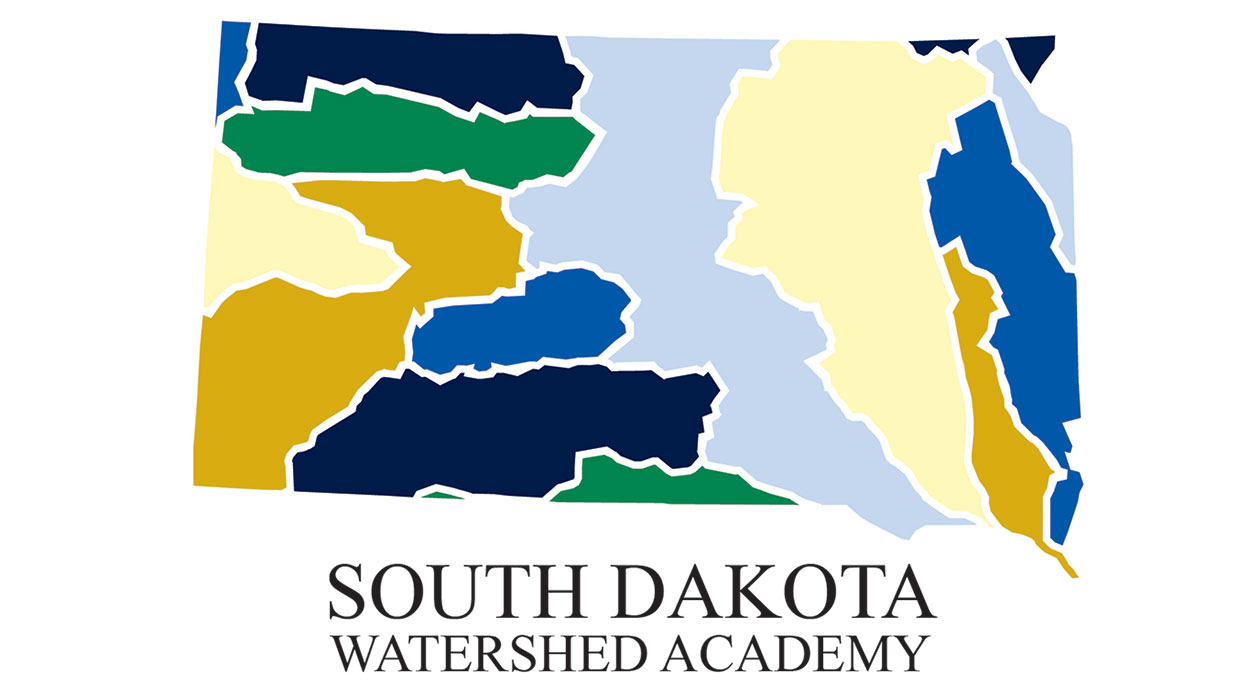
SDSU Extension Hosts First South Dakota Watershed Academy
SDSU Extension recently hosted the South Dakota Watershed Academy at the Oak Lake Field Station. The workshop was designed and organized in consultation with USDA Natural Resources Conservation Service to provide information on water resources regulation and monitoring.

Understanding Western South Dakota Prairie Streams
This document provides information and guidance for landowners and land managers in western South Dakota who are managing small intermittent streams.
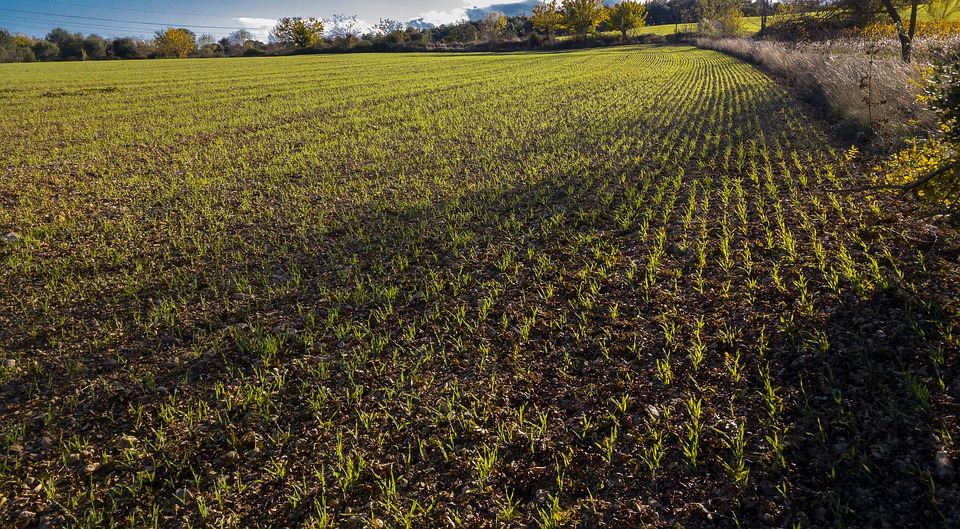
Winter Wheat Breaking Dormancy Early
A threshold indicator for winter wheat emergence is to consider average temperatures over a 14-day period. When that 14-day average temperature is equal to or above 5°C, or 41°F, then hard red winter wheat can break dormancy.
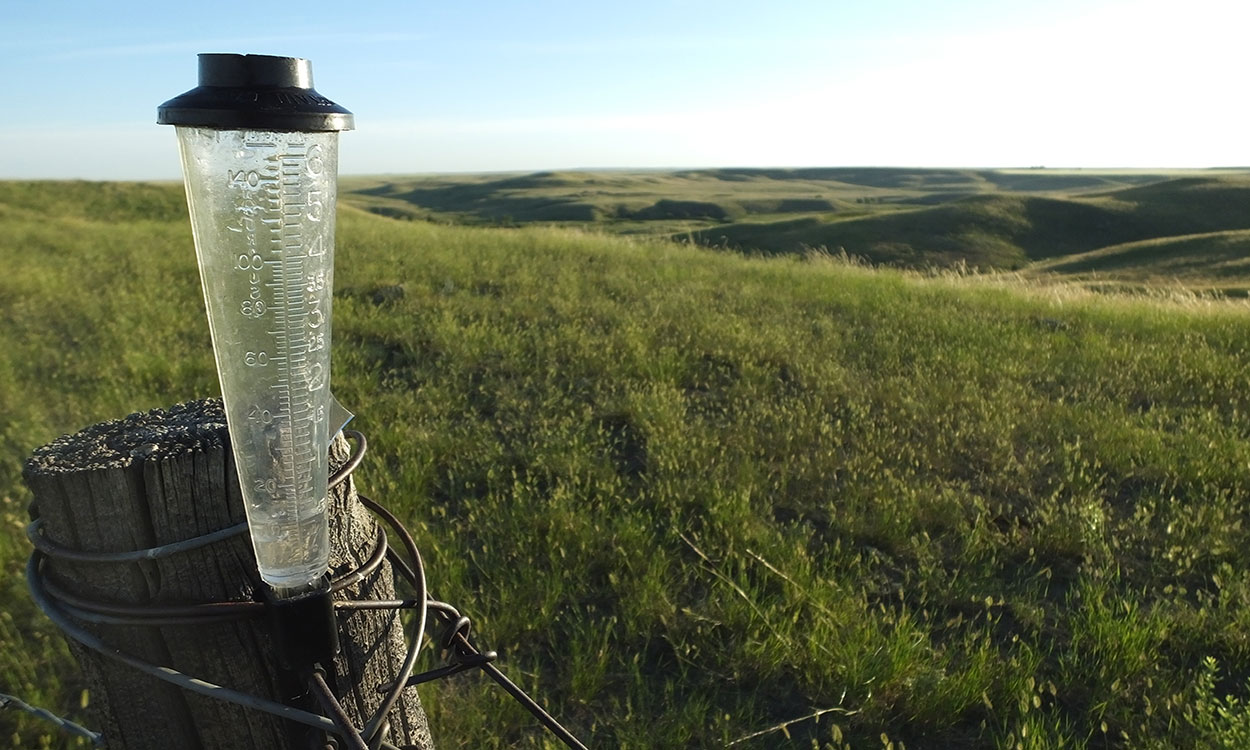
Five Range Management Principles: #5 Climate Ready
Understanding your ranching system is critical, and identifying anticipated soil-plant-animal responses during periods of dry, wet, or normal conditions will enable you to develop climate-ready practices. Learn how to get started today!